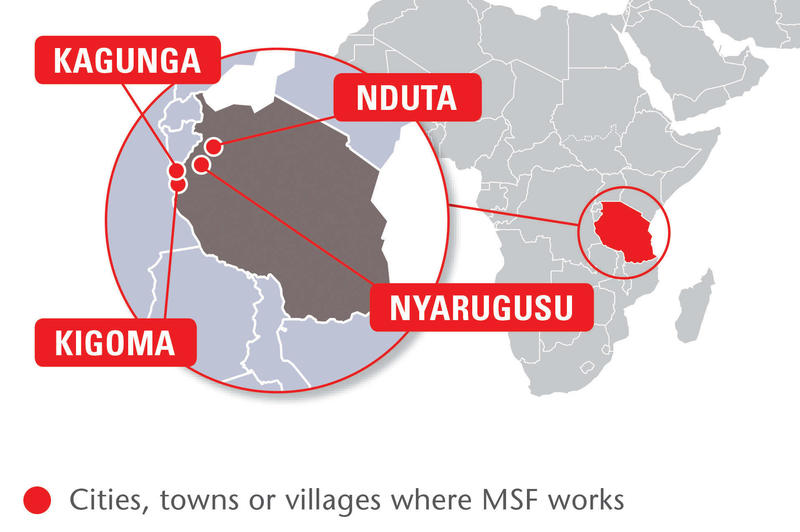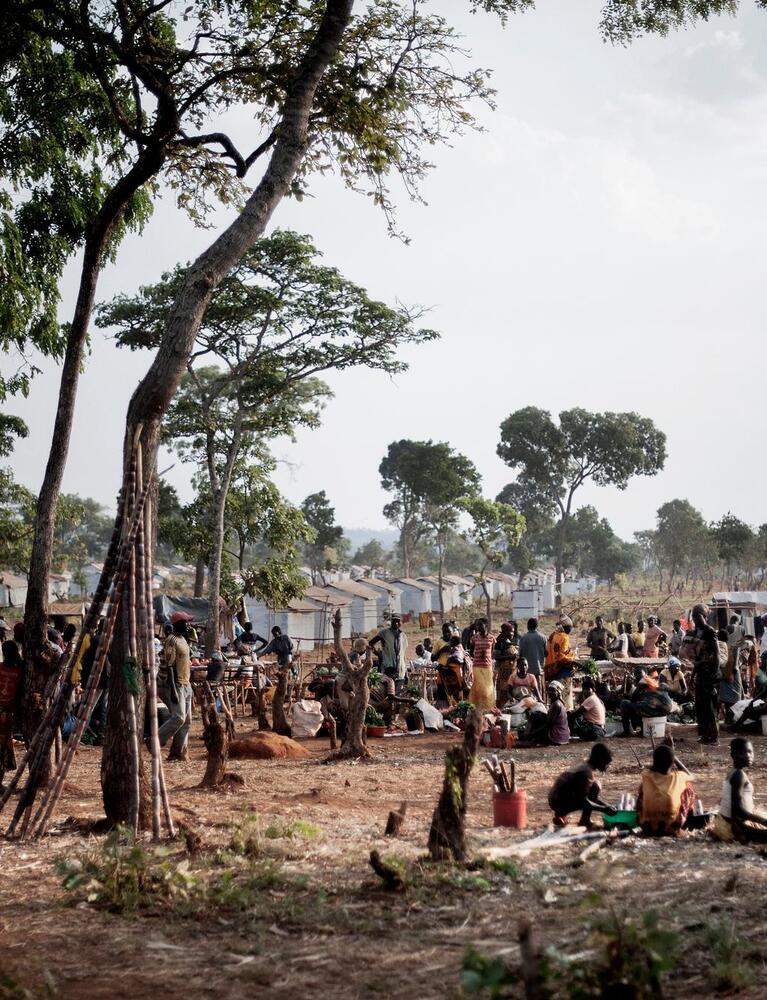Tanzania has been spared the internal strife that has struck many African states.

Despite this, domestic stability has not translated into economic prosperity for Tanzania's more than 47 million people.
Many live below the World Bank poverty line, although the country has had some success in wooing donors and investors.
Tanzania is home to two renowned tourism destinations - Africa's highest mountain, Kilimanjaro, and wildlife-rich national parks such as the Serengeti.
Médecins Sans Frontières/Doctors Without Borders (MSF) first worked in Tanzania in 1993. We returned in 2015 to provide assistance for Burundian and Congolese refugees living in overcrowded camps.
[[Country-Facts]]
MSF's work in Tanzania: 2015
MSF is providing assistance to refugees from Burundi and the Democratic Republic of Congo (DRC) living in overcrowded camps in Tanzania, with poor sanitation and little access to healthcare.
The unhygienic conditions mean that people are at risk of diseases such as cholera. Malaria is rife, and many suffer from respiratory tract infections and diarrhoea.
In 2015, according to figures from the UNHCR, there were almost 200,000 refugees in Tanzania, the majority from the DRC and Burundi. Many have been in the country since the 1990s, but the number from Burundi increased significantly as a result of political unrest in the country in May.
Following reports of a cholera outbreak among the new arrivals, we set up a cholera treatment centre (CTC) in a football stadium that was serving as a transit site for refugees in Kigoma, and another at a transit site in Kagunga, about four hours by boat from Kigoma.
[[nid:407]]
Nyarugusu refugee camp
MSF began work in Nyarugusu camp in May 2015, and set up a CTC. In June, following the unrest in Burundi, there was a new influx of refugees and at one point up there were up to 1,000 new arrivals every day.
The camp was quickly overwhelmed, and humanitarian organisations struggled to provide enough water, food, shelter and medical services.
Teams started running mobile clinics and outpatient nutrition programmes, and supported the intensive therapeutic feeding centre in the Tanzanian Red Cross hospital. In the absence of other organisations with emergency response capacity, our teams also distributed around 90 million litres of water.
In collaboration with the Ministry of Health, the World Health Organisation and the UNHCR, MSF supported an oral cholera vaccination campaign and 232,997 doses of the vaccine were administered. The campaign was completed in July and transmission was successfully halted. There was no cholera outbreak inside Nyarugusu camp.
MSF treated 18,836 people in Nyarugusu, mostly for malaria, diarrhoea or respiratory tract infections. Towards the end of the year, teams began to offer mental health services, and around 600 consultations were carried out per week.
Nduta refugee camp
In October MSF set up a 100-bed hospital in Nduta refugee camp, which addressed the health needs of people by providing care for malnutrition, reproductive health and treatment for victims of sexual violence.
Teams also ran mobile clinics and conducted medical and malnutrition screening for new arrivals. Between October and December, staff carried out 17,591 outpatient consultations, assisted 62 deliveries and performed 9,535 malaria tests (of which 6,201 were positive).
In addition, MSF donated 3,500 tents and distributed over 1,500,000 litres of water.
Find out more in our 2015 International Activity Report




